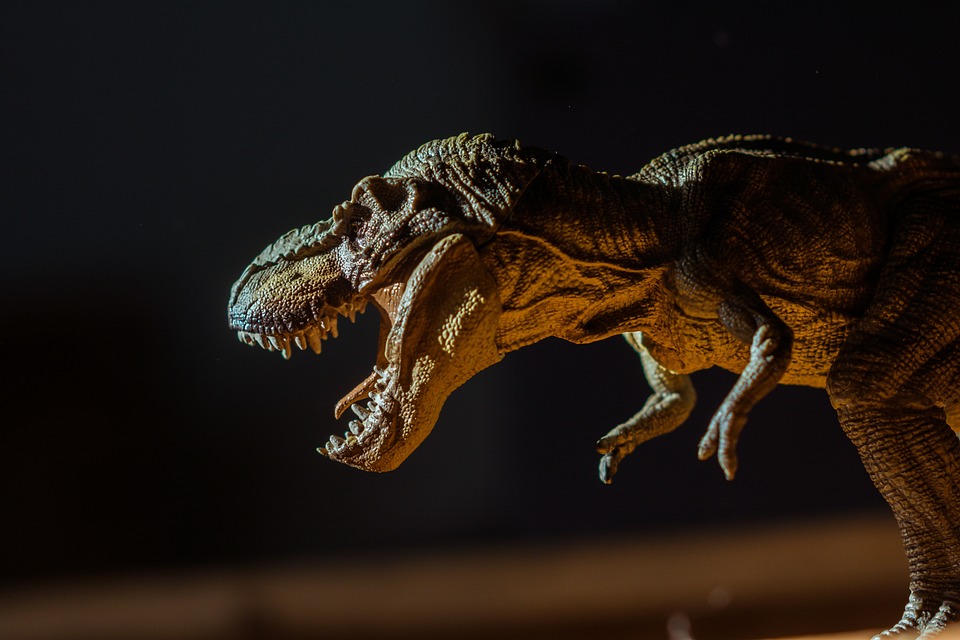In the world of fishkeeping, it is not uncommon for fish to sustain injuries and wounds. Whether it be from aggressive tankmates, sharp decor, or accidental mishaps, fish are vulnerable to harm just like any other living organism. However, what sets fish apart is their incredible ability to heal themselves. In this article, we will explore the science behind fish tank wound healing, shedding light on the mechanisms that enable fish to regenerate and repair injuries.
To truly understand fish tank wound healing, we must first grasp the different types of wounds that can occur in an aquarium. Common causes of fish tank wounds include aggressive behavior between tankmates, injuries from sharp decor or ornaments, and even wounds sustained during the fish’s natural behaviors such as feeding or spawning. By identifying the causes, fishkeepers can take steps to prevent potential injuries.
There are various types of fish tank wounds, ranging from superficial scrapes and cuts to more severe injuries that can penetrate the fish’s skin and underlying tissues. It is important for fishkeepers to be able to recognize and differentiate between these wounds to provide appropriate care.
When a fish sustains a wound, the healing process begins immediately. The first step is inflammation and blood clotting, where the damaged blood vessels constrict to minimize bleeding. Inflammation also helps to recruit immune cells to the site of injury, initiating the healing process.
Next, cell proliferation and migration occur. The surrounding healthy cells start to divide and multiply, forming new cells to replace the damaged ones. These cells then migrate to the wound site, filling in the gap and promoting tissue regeneration.
Formation of granulation tissue is the next stage of healing. Granulation tissue is a temporary tissue that fills the wound and provides a scaffold for new tissue growth. It is rich in blood vessels and collagen, which helps in the formation of new skin and tissues.
Finally, the wound closure and scar formation take place. The granulation tissue eventually transforms into a scar, which is composed of collagen fibers. The scar helps to strengthen the injured area and prevent further damage.
Several factors can influence the healing process in fish. Species-specific differences play a role, as some fish have a greater ability to regenerate and heal compared to others. Water quality and parameters also play a crucial role in wound healing, as poor water conditions can hinder the fish’s immune response and slow down the healing process. Providing a balanced diet with essential nutrients is vital for optimal healing, as proper nutrition supports cell regeneration and tissue repair. Additionally, stress and environmental factors can impact wound healing, so it is important to minimize stressors in the fish tank.
To promote fish tank wound healing, fishkeepers should strive to maintain optimal water conditions. Regular water testing and appropriate filtration are essential to ensure a clean and healthy environment for the fish. Providing a balanced diet that meets the nutritional needs of the fish is also crucial for efficient healing. Minimizing stressors such as sudden changes in water parameters or overcrowding can aid in the healing process. Additionally, there are wound care products available in the market that can be introduced to the tank to further support wound healing.
To address some common questions related to fish tank wound healing, we have compiled a list of frequently asked questions. These include inquiries about the duration of the healing process, the possibility of fin and tail regeneration, specific medications or treatments for fish wounds, steps to take if a wound becomes infected, and preventive measures to avoid wounds in the fish tank.
In conclusion, understanding the science behind fish tank wound healing empowers fishkeepers to provide the best possible care for their aquatic pets. By ensuring optimal water conditions, providing a balanced diet, minimizing stress, and introducing appropriate wound care products, fish enthusiasts can create an environment that promotes efficient wound healing. Remember, a healthy and well-maintained tank is crucial for the overall well-being of your fish.









